Chinese cars are surging up the sales charts in Australia, offering consumers more affordable alternatives to once popular offerings from Japan, Korea, and Europe.
And if the 2024 Beijing motor show is anything to go by, we’ve only just seen the tip of the iceberg of what’s to come.
I’m not just talking about sheer volume either. Yes, MG is already in the top 10 in Australia, and GWM is knocking on the door, but the quality and diversity of products on stands from both familiar brands and ones you’ve probably never heard of was majorly impressive.
This strikes me as a problem for so-called ‘legacy’ brands (a somewhat mean term used to describe brands like Mitsubishi as relics of a forgone era…) who rigidly stick to their comparatively slow model cycles and overly conservative design choices.
Take this as an example; in the time a single generation of Mitsubishi ASX has been on sale (since 2010), GWM’s Haval SUV brand has been invented, iterated through several generations of ever-improving product, and has had its line-up expanded from one to 10 separate models and to over 30 countries. Its range now includes combustion vehicles, hybrid electrics and plug-ins.
GWM isn’t the only one either.
These big Chinese companies aren’t afraid to break the chains of ‘traditional model cycles’ - they don’t care about having a current-generation car, its facelift, and a next-gen vehicle all being produced concurrently and sold alongside each other, domestically and internationally. This gives them the ability to adjust prices on the fly and respond to customer feedback more quickly. Want a cheaper car? No problem, there’s an MG or a Haval for you. Want one with next-gen cabin tech and a hybrid drivetrain further up the price scale? Would you believe it? They have one of those, too.
Meanwhile Mitsubishi is tossing up how exactly it is going to replace its best-selling small SUV, as it has one badge-engineered option for Europe, and another vehicle for South East Asia which won’t meet five-star ANCAP safety. Waiting for a more appealing European model will mean having to wait half a model cycle, which could take years, and upgrading the ASEAN market one is billed as being prohibitively expensive.
To be fair, the famously conservative Mitsubishi might be low hanging fruit. What about more advanced brands like Tesla? Surely a brand so cutting-edge, which also updates quickly and feels free to alter its price on the fly will be immune to the wave of Chinese vehicles? Think again.
Now having been to the Beijing auto show and seen cars like the Nio ET-5 in person, it’s clear the era of cheap Chinese imitation cars is well and truly over. The ET-5 (a fully electric Model 3 rival) is packed full of innovative features, unique design touches, cool materials, and ultra-fast software. They even make a wagon version. Sure, I didn’t get to actually drive one, but how many people buy a Tesla because of the way it drives? I suggest the answer will be not many. Plus, European reviewers seem suitably impressed.
.jpg)
It's also clear from the show that Nio is not the only Chinese automaker out there taking direct aim at Tesla. There are so many others. SAIC (the company which owns MG) had an entire stand for its luxury dedicated-electric IM brand, consisting of reasonably impressive looking cars. They might not yet have the polish or poise of a Tesla or even a Nio, but if they’re able to bring such an offering to western markets at a significant price advantage, the result will be a no-brainer.
Surely though, Chinese manufacturers aren’t coming for your utes and off-roaders? Right now, at any rate, options like the GWM Ute and LDV T60 are hardly top-sellers. Again though, these are just a tiny fraction of what will soon be available to our market. Camping and off-roading is becoming a national pastime in China, with an explosion in the amount and the quality of vehicles on offer.
 copy.jpg)
While the Japanese automakers who have dominated the segment for years are struggling to electrify their primarily diesel offerings, it appeared at the auto show that Chinese rivals have no qualms about pushing a plug-in hybrid or fully electric alternative to market. BYD’s ute will be on our shores shortly, and while that vehicle wasn’t at the show, its Fang Cheng Bao PHEV off-road SUV relations were.
They were impressive too, with high-end materials, sleek software, absurd power outputs (500kW/760Nm from a dual-motor plug-in hybrid drivetrain), and an intimidating features list. You know, the same things that have put brands like BYD, MG and GWM on the map in Australia in the first place. Oh and the price? For the Chinese market it starts at the equivalent of $64,600!
 copy.jpg)
This robustness of the off-road segment will certainly be put to the test in the next 12 months with the arrival of more GWM Tank models, the BYD ute, as well as a fresh player in the form of JAC.
Let’s look at the lesser loved light hatchback segment. It has been all but abandoned by Japanese and European automakers, and China has already won this battleground with MG’s simple but affordable MG3. What also became apparent from the show was Chinese manufacturers could dominate this segment. Impressive numbers like the all-electric BYD Seagull were to be found on almost every automaker’s stand at the Beijing show but the relatively tiny size of the Australian market and lack of demand in right-hand drive locations seems to be keeping them at bay. I wonder for how long.
The coming years are a perfect storm that will put Chinese vehicles at the forefront of consideration for many buyers. They’ve got a price advantage, they move quickly, they provide exactly what non-brand-conscious buyers are looking for, and in Australia’s new age of actual emissions regulations, they are best positioned to take advantage. As Europe weighs more tariffs to protect its local auto industry from a torrent of affordable Chinese imports in all these categories, export markets like Australia will become all the more important too.
Most of the feedback from representatives we spoke to on the stands at the show seemed to indicate they had designs on left-hand drive markets first, but that right-hand drive markets would certainly be in their crosshairs before long.
Still not sold? Look at the numbers; from 2022 to 2023, cars built in China (which, I’ll remind you also includes Volvos, Polestars, BMWs, and Teslas) overtook cars built in Korea, and as their share of the 4x4 market increases, it won’t be long before China-sourced vehicles also overtake Thailand. Could it be before the end of the decade that it becomes the number one source of new vehicles in Australia? I certainly wouldn’t be surprised.




.jpg)







.jpg)
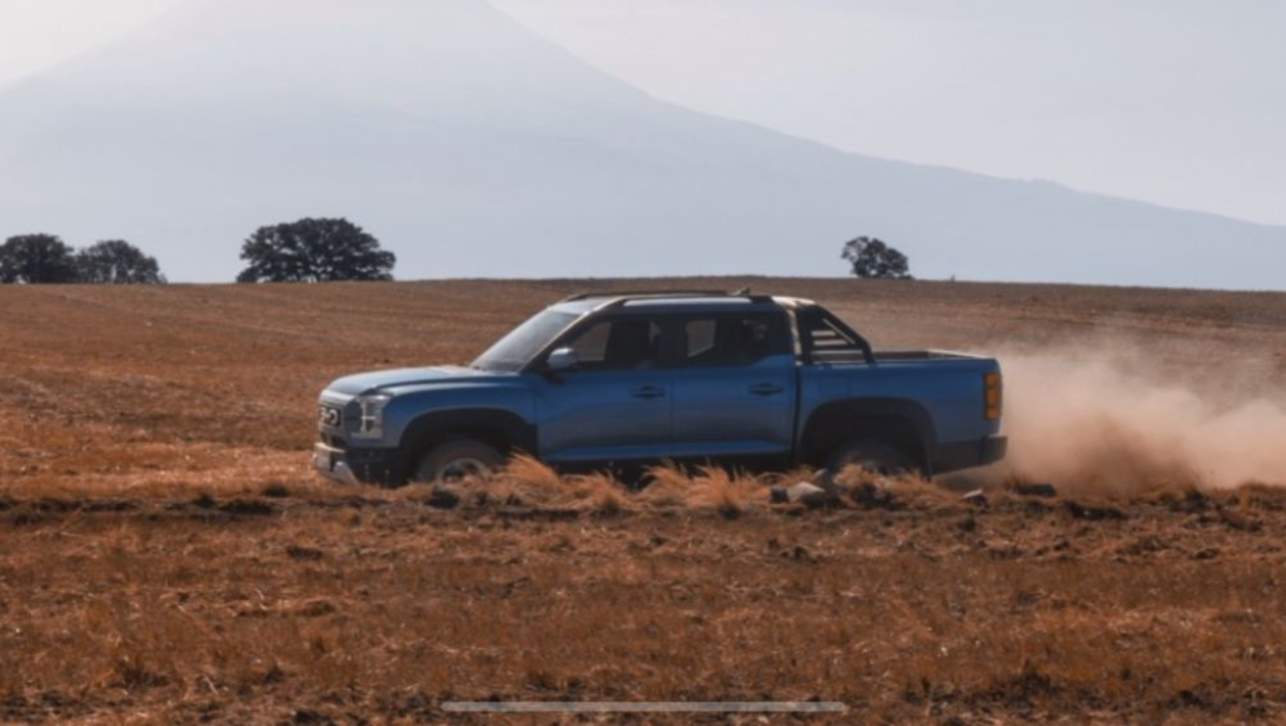
.jpg)
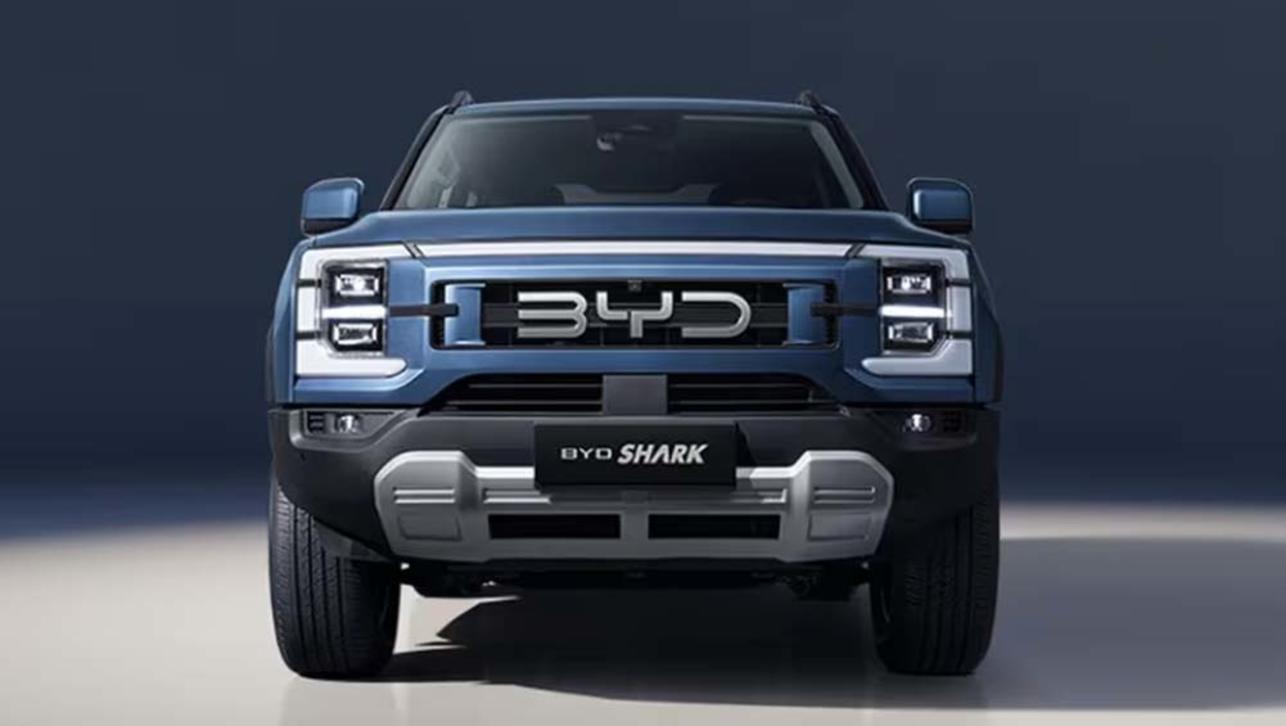
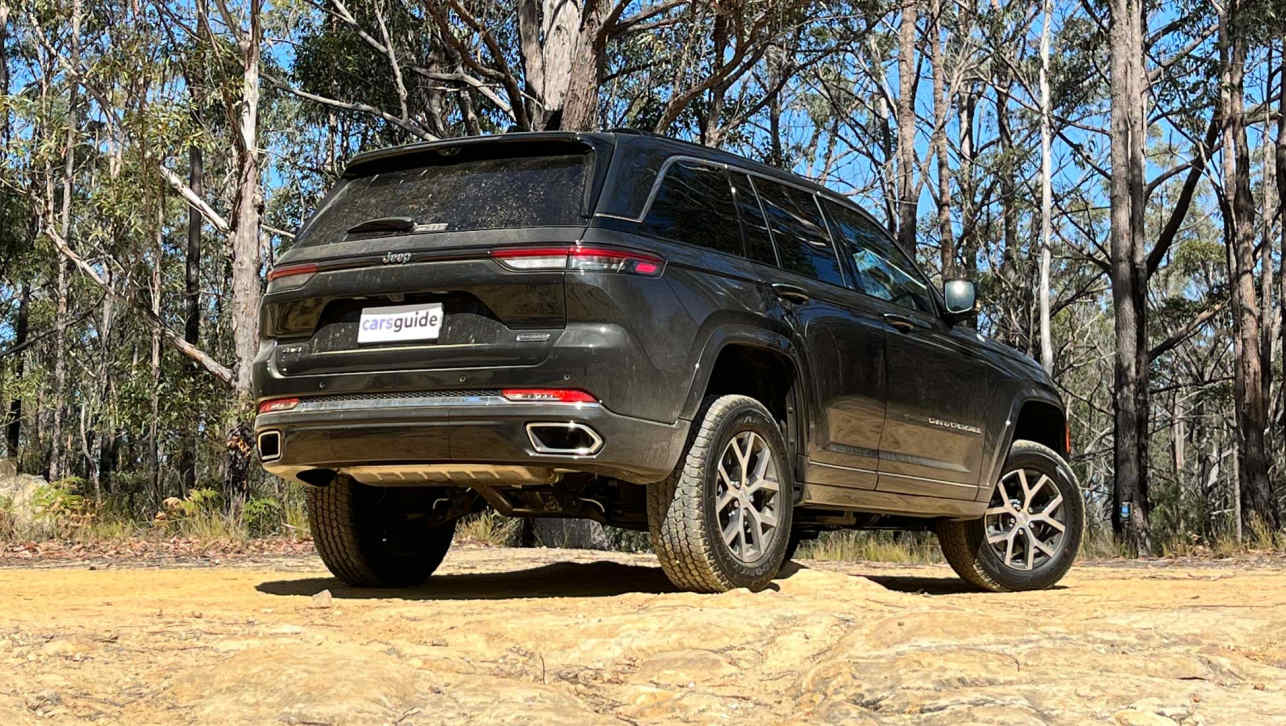
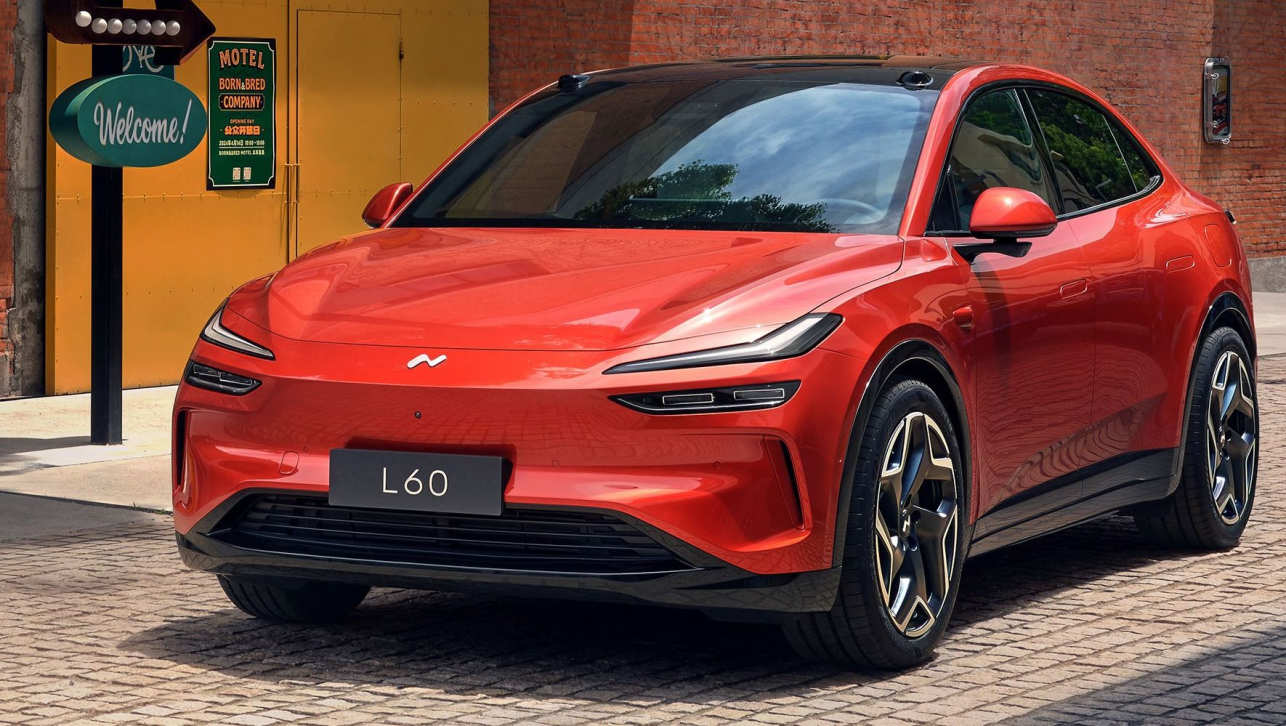
.jpg)
.jpg)
.jpg)
.jpg)
.jpg)
.jpg)
 copy.jpg)
 copy.jpg)
 copy.jpg)
 copy.jpg)
 copy.jpg)
 copy.jpg)
 copy.jpg)
 copy.jpg)
 copy.jpg)
 copy.jpg)
 copy.jpg)
 copy.jpg)
 copy.jpg)
 copy.jpg)

.jpg)
.jpg)
.jpg)
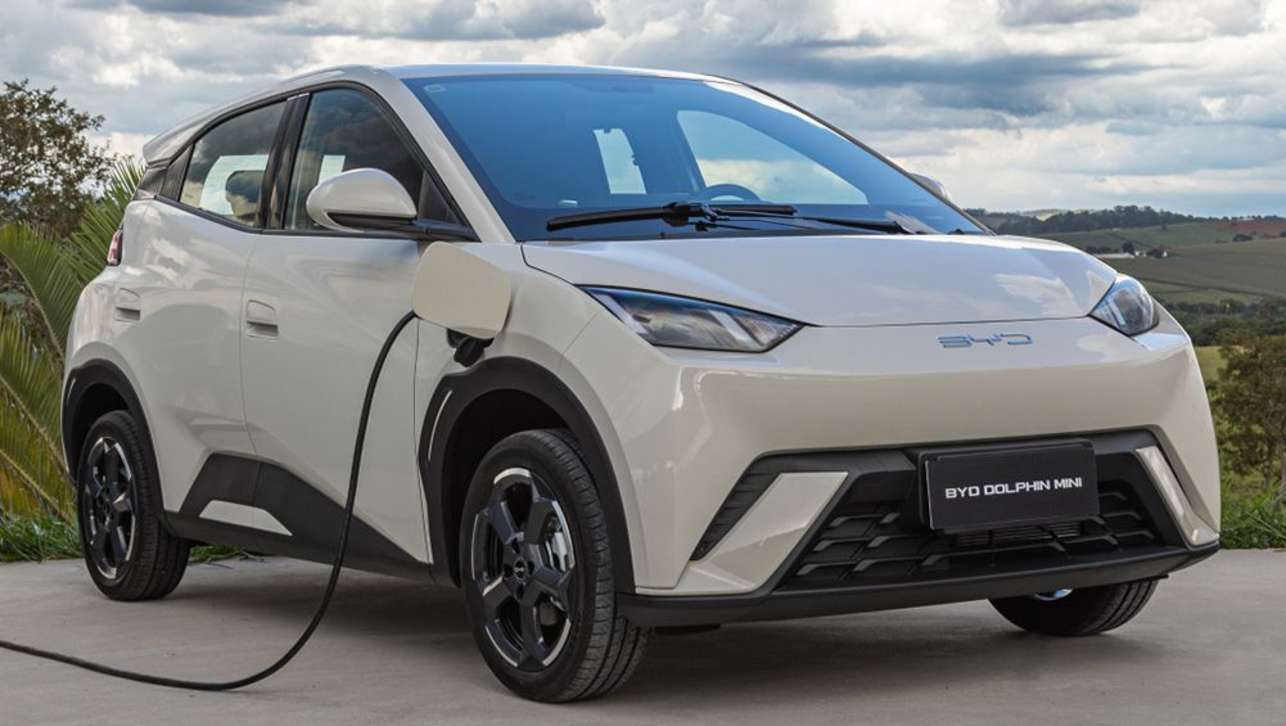
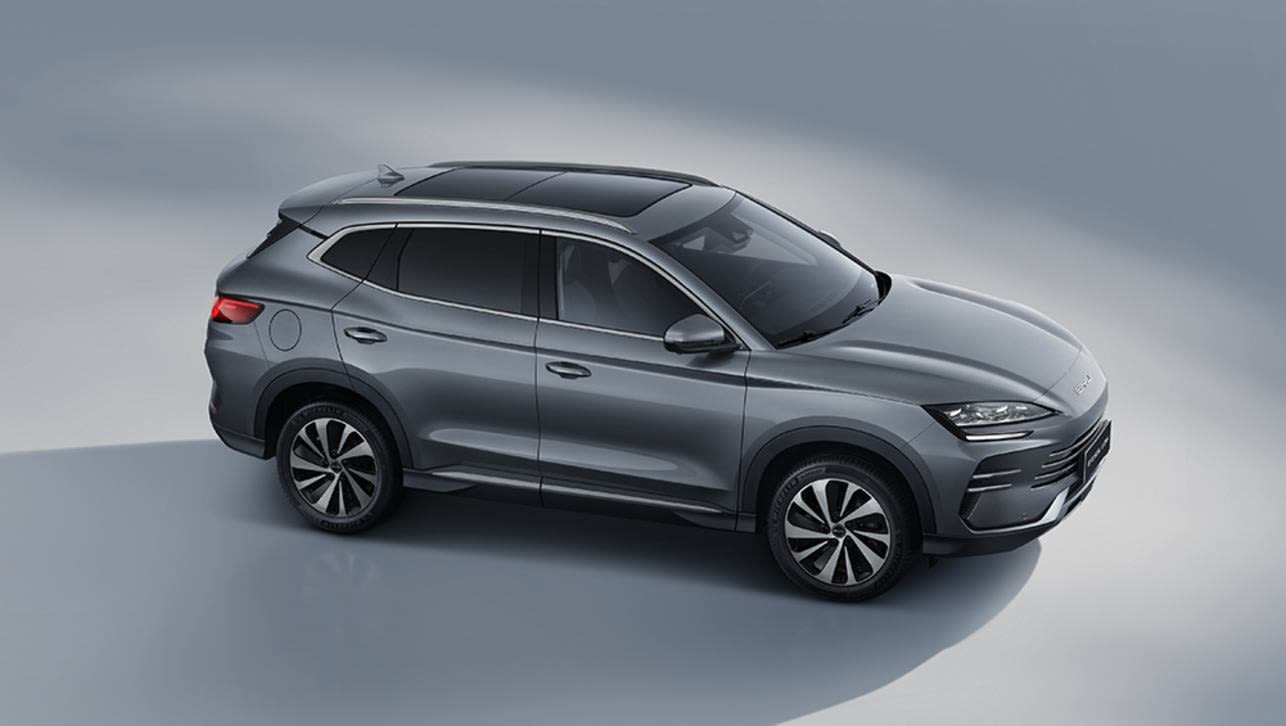
.jpg)




Comments